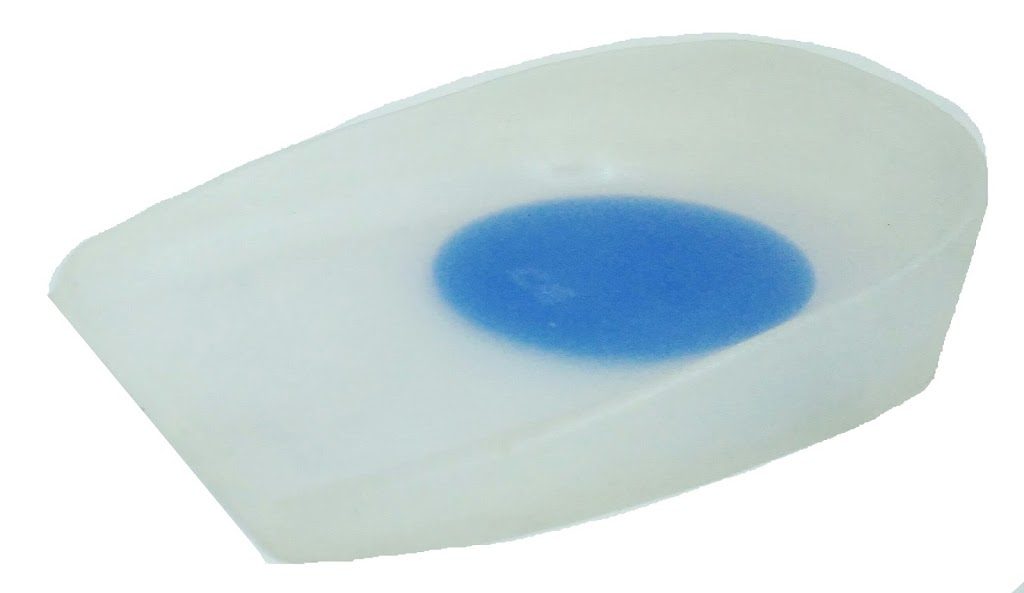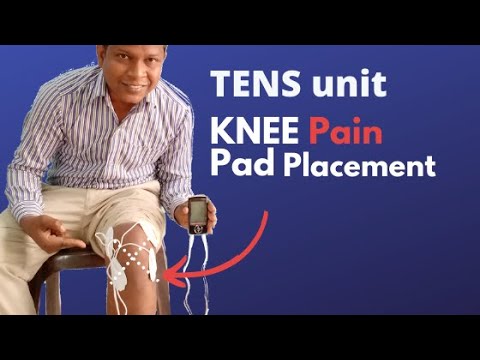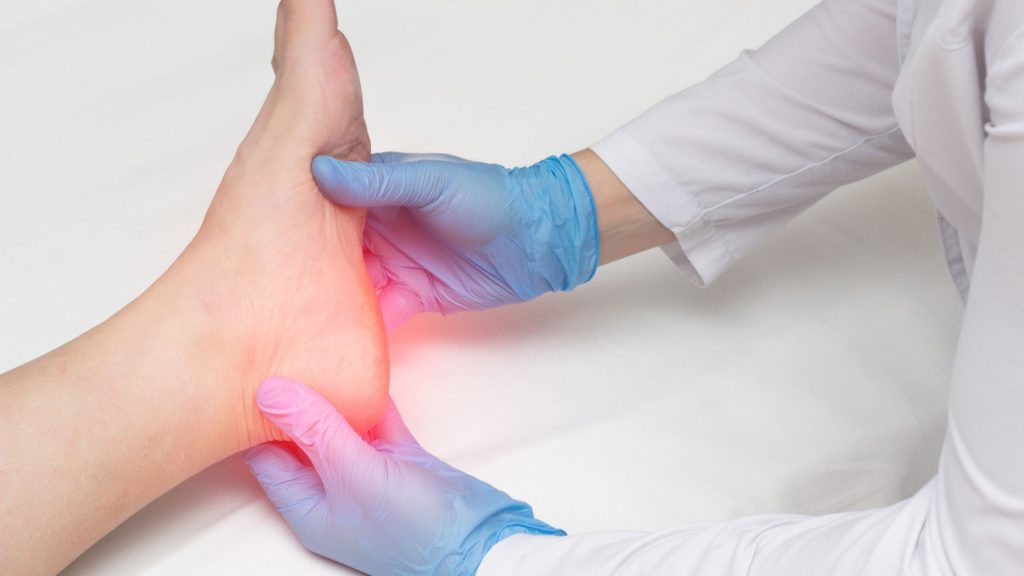Last updated on March 8th, 2024 at 07:23 pm

Heel pain can make walking a painful experience. Using silicone heel cups regularly can significantly reduce the pain. However, many people don’t know how to use them properly.
In this article, we will discuss everything about silicone heel cups and how to use them correctly. By the end of the article, you will learn how to use a silicon heel cover properly. Please note that using silicone heel cups is not a substitute for heel and foot exercises. To get better results, you must use this shoe insert and perform activities. Let’s get started!
How to use silicon heel cup
Heel pain caused by plantar fasciitis is a common issue that feels like a nail piercing through the heels. Plantar fasciitis, also known as heel spur, is swelling and tightness of the plantar fascia, a flap-like structure present on the sole. One end is attached to the heel, and another is attached to the five toes.
Due to the underlying pathological causes, extra bone formation occurs at the heel. This excess bone formation acts like a nail, and when a person suffering from plantar fasciitis tries to walk, it impinges on the muscle and soft tissues of the heel, making walking painful.
To treat this type of pain, it is crucial to engage in exercises and physiotherapy. Along with these, we recommend using a silicone heel pad that cushions the painful heel from the ground. This provides immense relief from pain during walking and reduces tenderness. There are two ways to use the pad- with shoes and without shoes.
1) How to use silicone gel heel cup?

A silicone heel cup is a device used to provide support and cushioning to the heel while wearing shoes. It is typically made of soft silicone and has a cup-shaped design that fits inside the shoe. The silicone material is chosen because it can absorb shock and reduce pressure on the heel, providing relief to people who experience pain or discomfort in this area.
As you can see in the picture, a blue circle is at the centre, the softest part of the heel pad. The most painful part of the heel rests in this blue area.
The heel cup is placed on the rear inner side of the shoe, where the heel sits. The cup-shaped design conforms to the shape of the heel, providing a secure fit and preventing it from slipping or moving around inside the shoe.
Silicone heel cups are commonly used by athletes, runners, and people who spend long hours on their feet. By providing extra support and cushioning to the heel, they can help reduce the risk of injuries such as plantar fasciitis, heel spurs, and Achilles tendonitis.
2) How to use silicone gel socks
Silicone gel socks are a great alternative to traditional footwear when it comes to providing extra cushioning and support to your feet. They are made of soft and stretchable materials that can easily fit most foot sizes. One of the main advantages of silicone gel socks is that they can be worn with any type of footwear, including sandals, slippers, and flip-flops.
This makes them a versatile option for those who want to protect their feet while still enjoying the comfort of their favourite footwear.
Silicone gel socks are particularly popular among women, who often wear sandals or open-toe shoes that expose their heels. The socks can be worn discreetly under any footwear and provide extra cushioning and protection to the heel area.
Final words
But remember that this is just a precaution that helps not to aggravate the already developed plantar fasciitis. Please keep in mind that it is not the replacement of heel pain exercises and physiotherapy.
In severe cases, you may have to go for a hydrocortisone injection. If conservative treatment doesn’t respond, the only option left is the surgical removal of the extra bone growth.
Also read: Shoe Inserts for Flat Feet: Types & How it Work
The author is a physiotherapist who has been practising for the last 17 years. He owns a successful physiotherapy clinic named "Physiofirst" in Rourkela, Odisha, India.
He holds a Bachelor's in Physiotherapy (BPT) from SVNIRTAR (Swami Vivekananda National Institute of Rehabilitation and Research), one of the prestigious physiotherapy schools in India.
Taking every pain and disability case as a challenge is his motto. Whatever he learns dealing with his patient, he shares it with the world through blogs and e-books.
He also owns a blog, www.physiosunit.com and a YouTube channel, "Sunit Physiotherapist" with over 8 lakh active subscribers. Here, he shares everything he gets to learn serving the patient. His knowledge and invaluable experience in the field are proving beneficial to many.
Email him: sunitekka@gmail.com
Phone: +91-9178817004
Join him: www.facebook.com/physiocapsule






Pingback: Shoe Inserts for Flat Feet: Types & How it Work
Pingback: How to cure plantar fasciitis in one week : Physiosunit
Pingback: Shoe Inserts for Flat Feet: Types & How it Work : Physiosunit
Does we go monthly for steroid.
Is curable long term?
Does we go monthly for steroid.
Is curable long term?